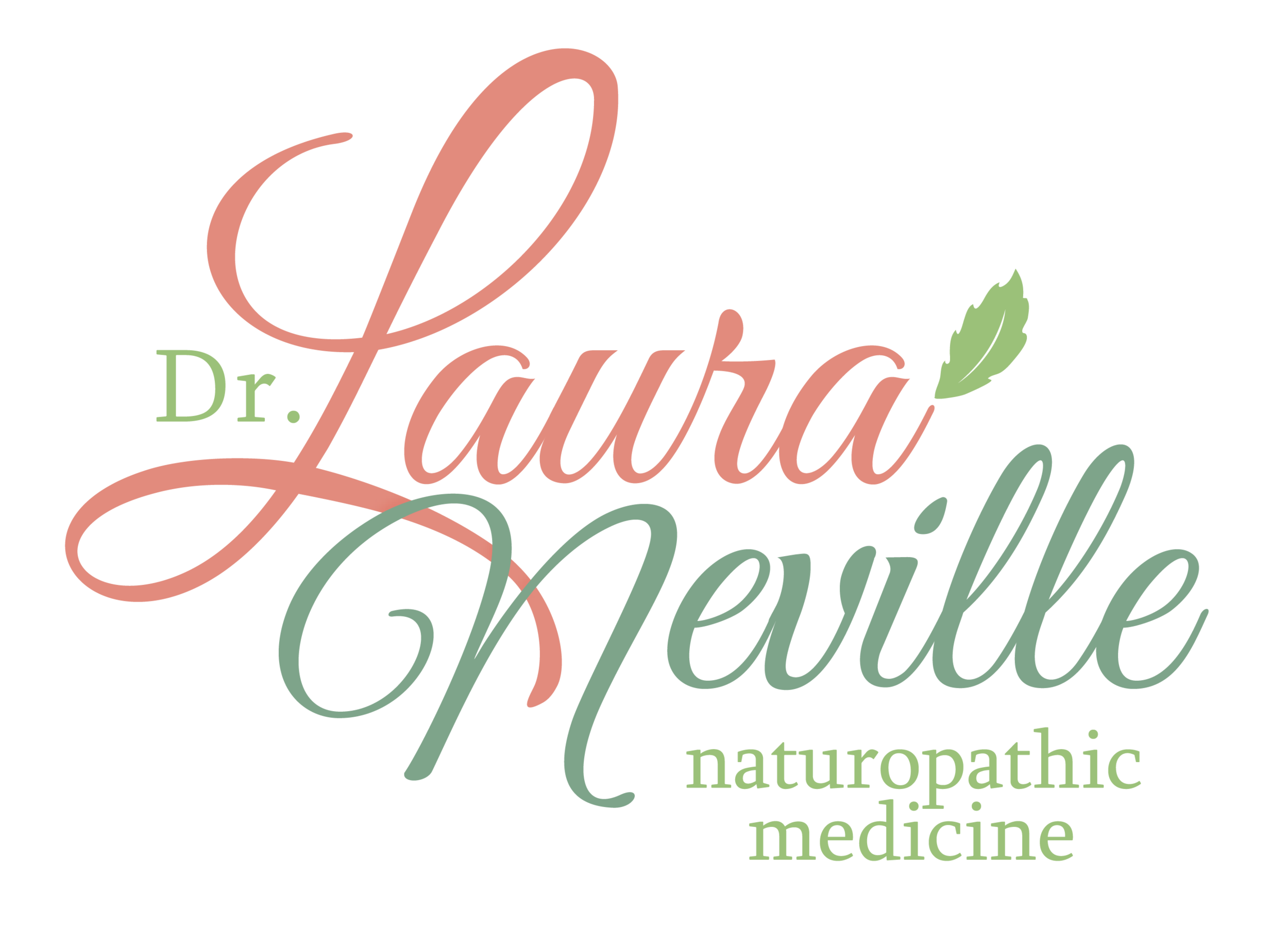Workplace Stress and Adrenal Fatigue: 8 steps for a healthy 9 to 5
Most individuals spend a large part of the day at work. Therefore, the workplace environment can impact a large part of physical and mental wellbeing. In fact, numerous studies show that job related stress is THE major source of stress for American adults. To make matters worse, it has escalated progressively over the past few decades.
Chronic stress leads to suboptimal and/or low cortisol levels over time, commonly referred to as “adrenal fatigue”. Stress management tools specific for the workplace are key to improving health.
While some workplace stress is outside of an individual’s control, the response to the stressor is always within the person’s control. It is not what stressors occur, but how those stressors are dealt with that matters to adrenal health.
Stress is a highly personalized phenomenon and can vary widely even in identical situations. This delineation can be an empowering tool, providing each with the ability to not feel victimized by outside events.
Here are 8 stress management ideas to implement during the workday for more happiness and less stress:
1. Take regular breaks. Bonus points for getting outside in the fresh air. During these breaks, limit conversing to non-worked related matters.
2. Limit working extra hours. Additional hours each day have been shown to work against productivity. Moreover, overwork has been associated with impaired sleep, depression, heavy drinking, diabetes, impaired memory and heart disease.
3. Take vacations. Even shorter vacations of 4-5 days have been studied to improve health and wellness, both while on vacation and after returning to work.
4. It’s ok to say no. Some individuals are motivated by external approval. While being a team player and having a “can do” attitude are wonderful qualities, it may be easy to overextend in an attempt to deliver.
5. Inquire with an employer on workplace pets. A 2012 Virginia Commonwealth University study showed employees who brought dogs to work produced healthier levels of cortisol. The study was conducted at a company in North Carolina, which “employs” 20 to 30 dogs a day. As the workday progressed, employees who brought their dogs to work experienced a decline in stress levels of 11% while those who didn’t have a furry friend near them saw their stress levels rise by up to 70% by the end of the day. On the days the dog owners worked without their dogs, their stress level increased throughout he day, mirroring the pattern of non-dog workers.
6. Bring the outside in. Office plants have been shown to improve mood and workplace satisfaction. A study from 2010 supports a 37% reduction in tension/anxiety, a 58% reduction in depression, a 44% reduction in anger and a 35% reduction in fatigue with plants in the office, concluding that “just one plant per work space can provide a very large lift to staff spirits.”
7. Eat a healthy lunch. Foods like sweet potatoes contain complex carbohydrates, which can increase feelings of satisfaction while having less of an impact on blood sugar levels than simple carbohydrates. Replace coffee with green tea; L-theanine within the tea plant significantly increases activity in the alpha frequency band which indicates that it relaxes the mind without inducing drowsiness.
8. Find a work bff. Multi-year research by The Gallup Organization found that having a work best friend, especially for women, correlated to less stress and more job satisfaction. “Women were less likely to report having a negative experience during the day such as worry, stress and feeling tired.”
Curious about your adrenal health? Ask your physician for a salivary cortisol panel for an objective measurement of stress’ impact on your body.
Dr. Laura Neville
Adapted from labrix.com
References
Barker R, Knisely J, Barker S, et al. Preliminary investigation of employee's dog presence on stress and organizational perceptions: International Journal of Workplace Health Management, Vol. 5 Issue: 1, pp.15-30
De bloom J, Geurts SA, Kompier MA. Effects of short vacations, vacation activities and experiences on employee health and well-being. Stress Health. 2012;28(4):305-18.
Encyclopedia of Occupational Health and Safety: Guides, indexes, directory. 1998; Vol. 1, Chapter 5, Mental Health; Vol. 2, Chapter 34, Psychosocial and Organizational Factors
Nobre AC, Rao A, Owen GN. L-theanine, a natural constituent in tea, and its effect on mental state. Asia Pac J Clin Nutr. 2008;17 Suppl 1
Reid E. Embracing, Passing, Revealing, and the Ideal Worker Image: How People Navigate Expected and Experienced Professional Identities. Organization Science 201526:4, 997-1017
Sauter S, Muphy L, Colligan M, et al. Stress at Work. National Institute for Occupational Safety and Health. DHHS (NIOSH) Publication No. 99–101
State of the American Workplace http://news.gallup.com/reports/199961/state-american-workplace-report-2017.aspx?
Virtanen M, Ferrie JE, Singh-manoux A, et al. Overtime work and incident coronary heart disease: the Whitehall II prospective cohort study. Eur Heart J. 2010;31(14):173
Virtanen M, Singh-manoux A, Ferrie JE, et al. Long working hours and cognitive function: the Whitehall II Study. Am J Epidemiol. 2009;169(5):596-605.
